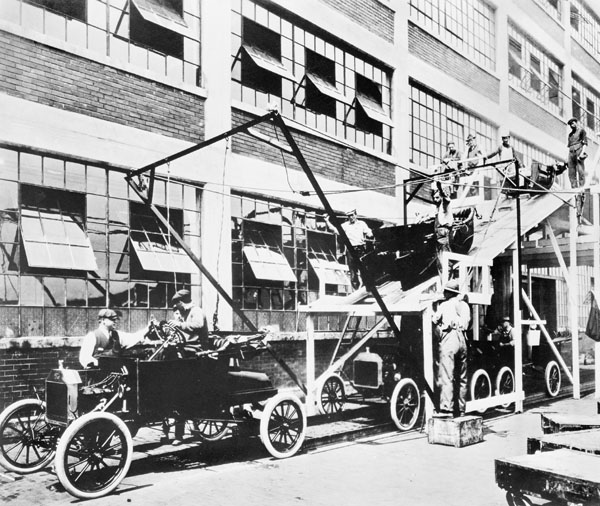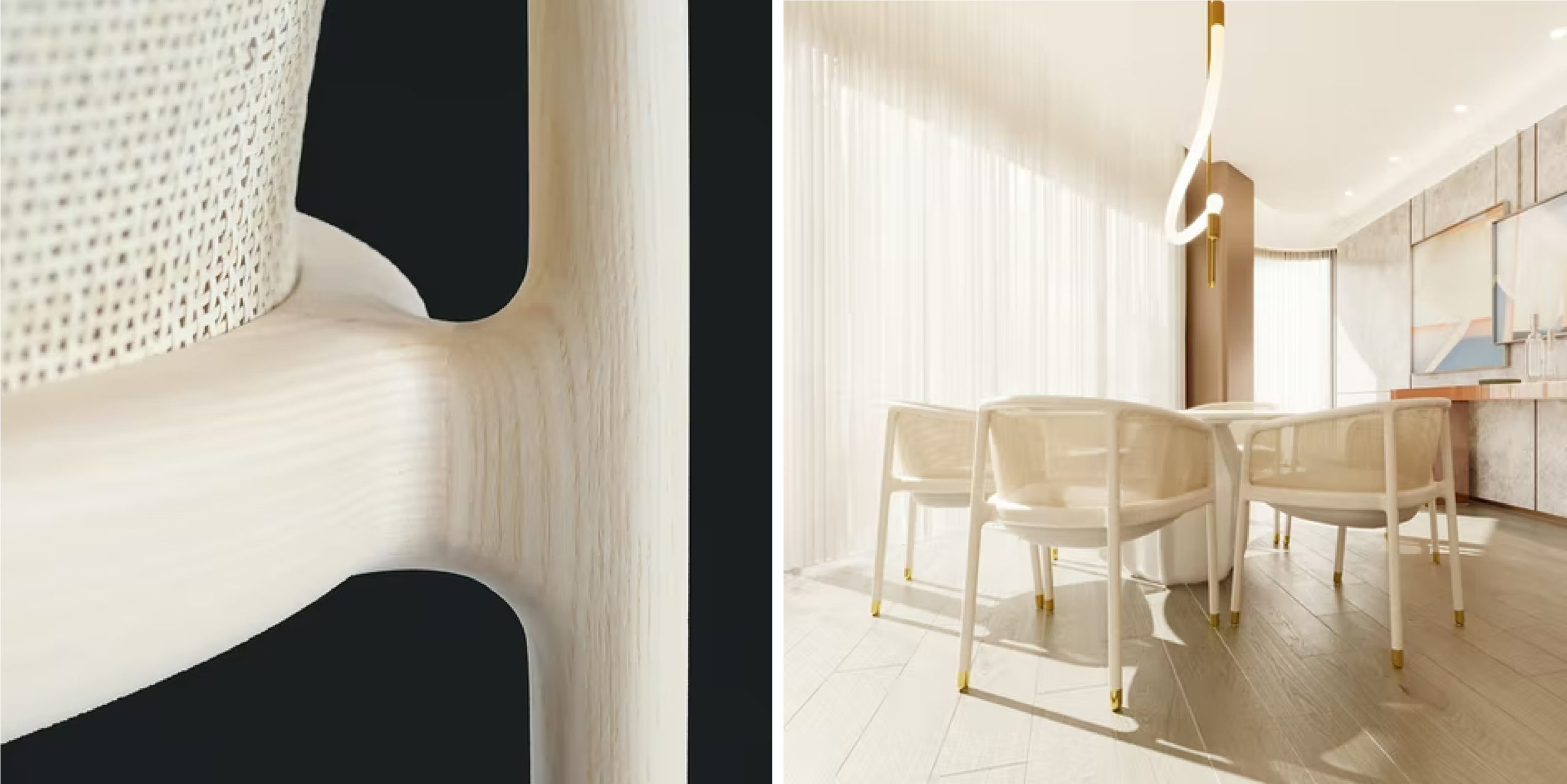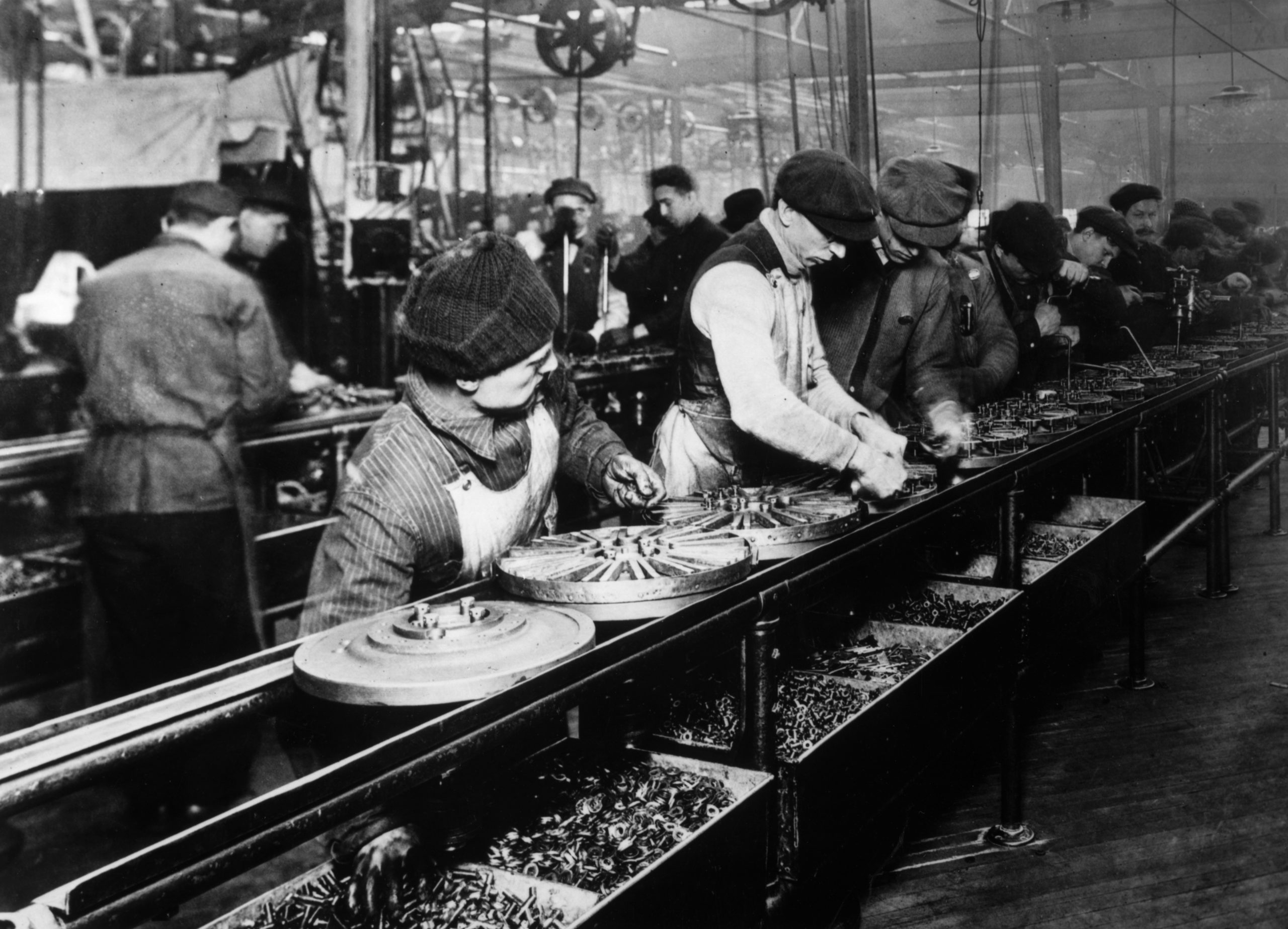Architizer's A+Product Awards is open for submissions, with the Extended Entry Deadline fast approaching on Friday, February 23rd. Get your products in front of the AEC industry’s most renowned designers by submitting today.
Henry Ford’s Ford Motor Company popularized mass production in the late 1910s and 1920s. The revolutionary assembly line that he used to manufacture the famous Model T at the first Ford plant in Highland Park, Michigan, became the worldwide benchmark for mass production methods. Since then, most industries have adopted mass production, and the process has remained an integral part of product design. The streamlined methodology has allowed designers and manufacturers to replicate their products efficiently, cost-effectively and identically for decades.
Yet, in 2021, 90 million active buyers visited the Etsy marketplace — more than the online retailer had ever seen. Recently the growing company that processed $10.28 billion in gross merchandise sales in 2020 has seen its platform and revenue expand exponentially. While the Covid-19 pandemic played some role in the increase in online sales, the reality is that buyers seem to be searching for something different. People want handmade, bespoke and unique offerings, which make up the bulk of Etsy stores.

Ford Assembly Line
When we think of “bespoke,” we often think of “expensive” bespoke fashion, artwork, and furniture, all conjure thoughts of luxurious and handcrafted products, while mass production usually refers to “cost-effective” and is associated with high-street stores like Zara or IKEA. While we have spent over a century perfecting mass production as consumerism and demand for fast, affordable products have risen, consumers have begun to recognize that mechanization can sometimes have a darker side, which many consumers are incredibly uncomfortable with.
Slave labor, unsustainable practice and outrageous testing techniques plague the assembly-line production enterprise. While the majority of trusted manufacturers can happily proclaim that they have no business in the unsavory aspects of the industry, consumers are demanding transparency. They want to know where and how their products are being made. This demand for clear-cut honest manufacturing takes time, so while the huge conglomerates clean up their act, many buyers have chosen to cut out the middle man and shop straight from the source, opting to pay slightly more for a clean conscious.

Masque Collection for Suite 22 Contract by REPUBLIC OF II BY IV | Winner, 2020 A+Product Awards, Furnishings, Contract Seating
Cost has always been one of the driving motivations for mass production; however, the Information Revolution is, in its own way, reversing the effects of the Industrial Revolution. Access to the internet eliminates many of the advantages of large-scale production. For example, with online marketplaces, makers can find customers without the expenditure of heavy advertising or distribution. Crowdfunding sites like Indiegogo and Kickstarter can help with start-up and growth finance. While indeed, the making of products has been transformed through technologies like desktop CNC milling and 3D printing. We live in a time where it is easier and cheaper than ever to make high-quality products with bespoke designs allowing small manufacturers to competitively compete in a way that they have been unable to do so for decades.
Architizer’s A+Product Awards supports all makers, designers and manufacturers, giving everyone an even playing field for the same reward. Big or small, if your product is something the prestigious jury and keen-eyed public love, then it doesn’t matter if you can produce one a week or one every second. We would love to give your product the platform it deserves.

Poltrona U by UXUA DAS by Wilbert Das | Jury Winner, 2020 A+Product Awards | Furnishings, Lounge Chairs & Ottomans
The implications of changes in buyer habits and the technological advancements of makers are hugely significant for manufacturers. The closing gap in equality between the home craftsman and the large factories has yielded additional opportunities for people to adopt the balanced lifestyle that many strive for. Many workers see the value of dividing their time between various forms of income and leisure activities, sometimes combining the two, as the mood and financial necessity take them. The increased demand for bespoke allows many more makers to do so while still supplying the consumer with what they are asking for.
Now don’t get me wrong, I do not for one second believe that large-scale or industrial methods are going the way of the dodo— not in the slightest. Despite the rise in demand for handmade, bespoke and personalized products, mass production will undoubtedly remain an integral part of our buying journey. However, I do believe that the way the world produces products in volume is in the flux, not only in making their processes cleaner, fairer and more conscientious but by tapping into the bespoke market in their own ways. We are already seeing this with some of our most notable retailers. For example, there has been a tidal wave of producers introducing limited editions and small runs of products. While still considered mass-produced, these products offer a similar feeling of exclusivity to which buyers are drawn.
Known for their highly popular vinyl storage unit KALLAX, IKEA, the Swedish-founded home-furniture manufacturer, recently announced a new range of limited edition products called OBEGRÄNSAD, meaning “unrestricted.” The groundbreaking range includes a desk, armchair, and turntable designed in collaboration with electronic music pioneers, Swedish House Mafia. Each piece is designed with precision, motivated by the musicians’ expertise, endeavoring for beautiful design while aiming for optimum sound quality.
Thankfully, the new trends appearing in the mass production industry don’t seem to be having an effect on the growth of smaller businesses as they did post-Henry Ford, even with limited edition and exclusive offerings mass production can never fully directly compete with the uniqueness that comes from a handmade product and it is that complete uniqueness that consumers are being drawn to more than ever. Luckily, the two manufacturing processes can exist successfully, side by side, offering two very different things, both with their place and with their value.
Architizer's A+Product Awards is open for submissions, with the Extended Entry Deadline fast approaching on Friday, February 23rd. Get your products in front of the AEC industry’s most renowned designers by submitting today.









